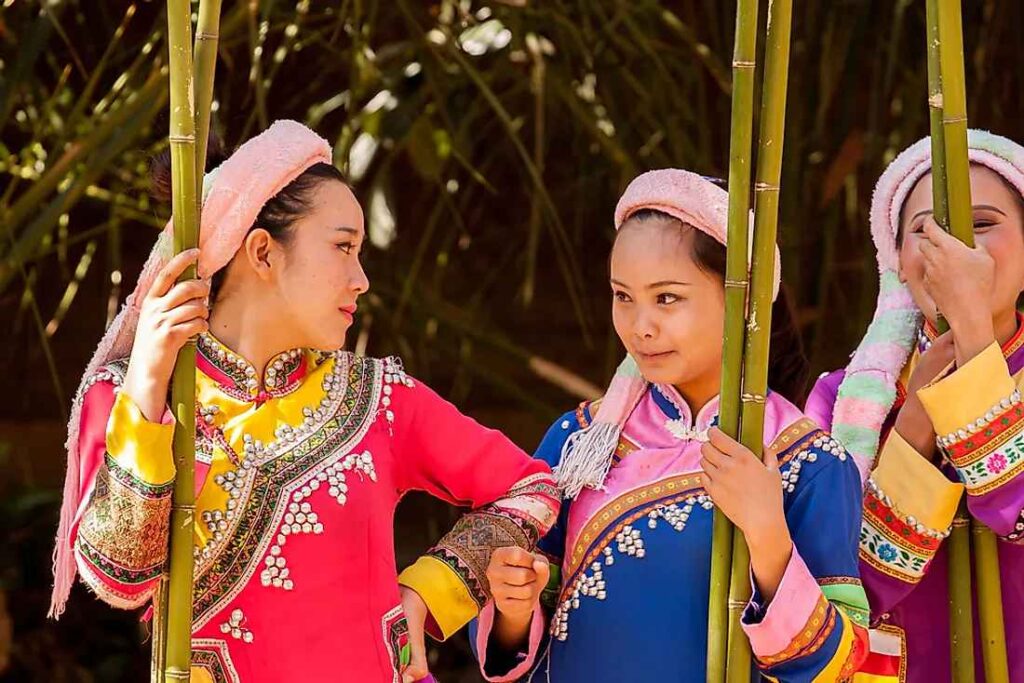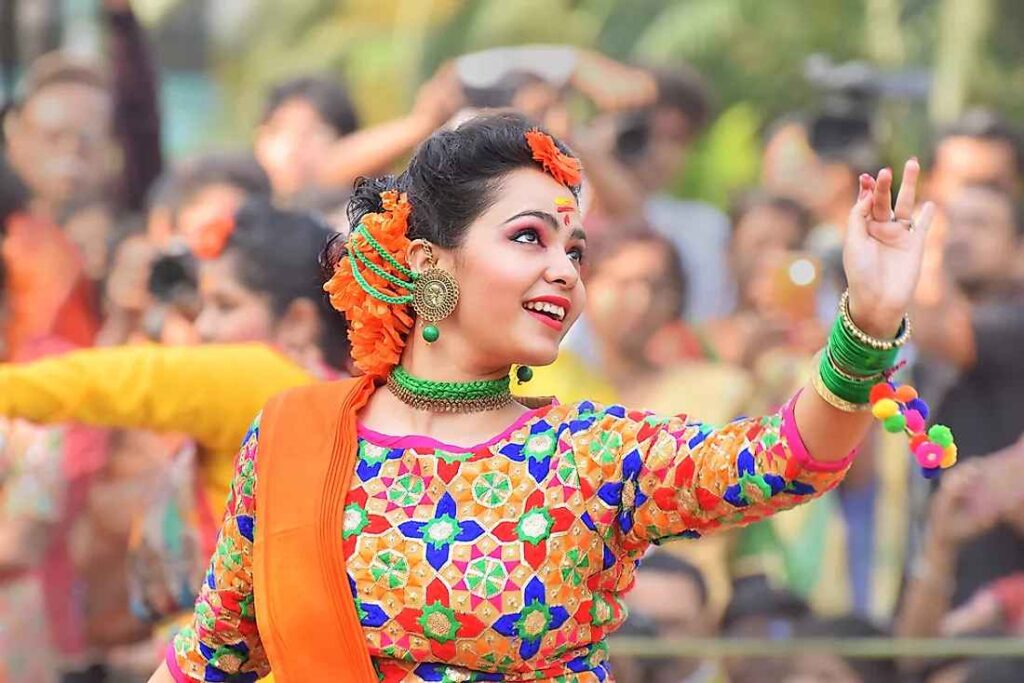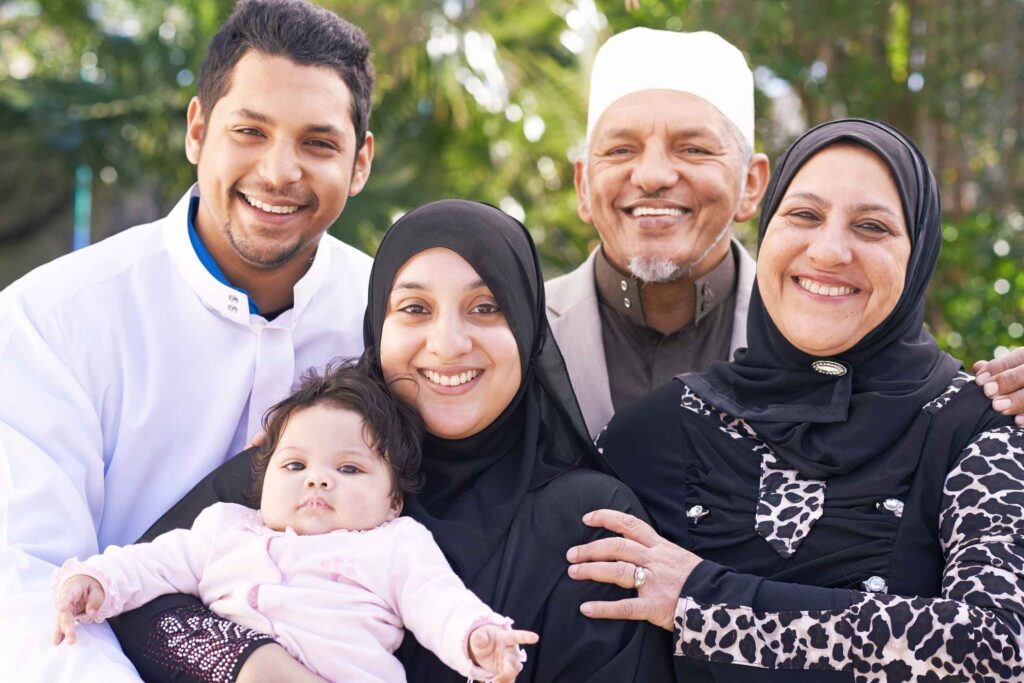The world is a tapestry of diverse cultures, languages, and ethnic groups. In this article, we will explore the top 5 largest ethnic groups globally. These groups play a significant role in shaping the cultural, linguistic, and demographic landscape of the planet.
1. Han Chinese

- Percentages: Han Chinese is the world’s largest ethnic group, comprising over 19% of the global population.
- Total Number: Approximately 1.4 billion individuals.
- Demographics: Predominantly located in China, with significant populations in countries like Taiwan, Singapore, and Malaysia. The Han Chinese have a rich history, culture, and language, forming the core of Chinese civilization.
- Cultural Diversity: Han Chinese culture has a profound influence worldwide, particularly through its cuisine, art, philosophy, and language, Mandarin.
2. Hindustani
- Percentages: Hindustani people (marathi) make up around 8% of the world’s population.
- Total Number: Approximately 600 million individuals.
- Demographics: The Hindustani ethnic group is primarily located in India, but it also extends to Nepal, Pakistan, and other parts of South Asia. The group’s diversity is reflected in languages, including Hindi, Urdu, and various regional dialects.
- Cultural Diversity: Hindustani culture is celebrated for its contributions to cinema (Bollywood), spirituality (Hinduism), and a diverse culinary tradition that includes biryani, curry, and tandoori dishes.
3. Bengali

- Percentages: The Bengali people represent around 3.5% of the world’s population.
- Total Number: Approximately 260 million individuals.
- Demographics: Predominantly found in the Indian state of West Bengal and the country of Bangladesh, Bengali people have a unique cultural identity, with their own language and traditions.
- Cultural Diversity: Bengali culture is celebrated for its contributions to literature, music, and art, with Rabindranath Tagore, the first non-European Nobel laureate, hailing from this group. Their culinary specialties include biryani and sweets like rasgulla.
4. Spanish

- Percentages: The Spanish ethnic group accounts for approximately 7.5% of the world’s population.
- Total Number: Roughly 560 million individuals.
- Demographics: Predominantly found in Spain and Latin American countries, Spanish culture is characterized by a shared language and many common traditions.
- Cultural Diversity: Spanish-speaking peoples have a rich cultural heritage that includes flamenco music, paella, and a vibrant history of explorers and conquerors.
5. Arabs

- Percentages: Arabs constitute about 6% of the global population.
- Total Number: Approximately 460 million individuals.
- Demographics: The Arab ethnic group is primarily located in the Arab world, encompassing countries in the Middle East and North Africa. Arabic is the common language that unites this diverse group.
- Cultural Diversity: Arab culture is known for its contributions to mathematics, architecture, and philosophy. It has also made an impact through Arabic calligraphy, cuisine (shawarma, falafel), and the Islamic faith.
The world’s largest ethnic groups, including the Han Chinese, Hindustani, Bengali, Spanish, and Arabs, are instrumental in shaping the world’s cultural, linguistic, and demographic diversity. These groups contribute to a global mosaic that celebrates traditions, languages, and histories, enriching the global experience for all.

